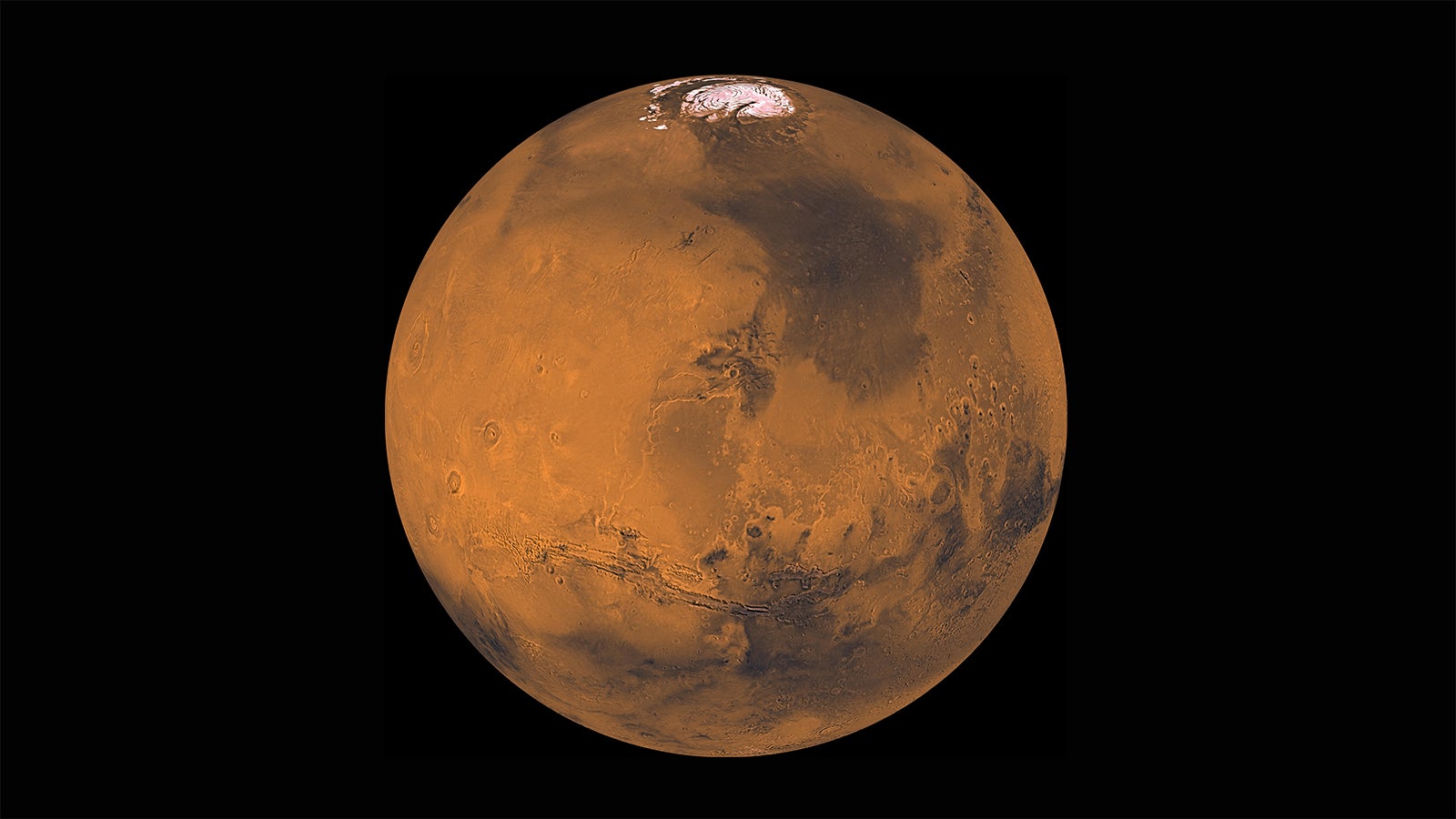Bacteria bioreactor could make food and medicine for people on Mars
The bacteria could be used grow other biological substances that could produce food and medicine

Your support helps us to tell the story
From reproductive rights to climate change to Big Tech, The Independent is on the ground when the story is developing. Whether it's investigating the financials of Elon Musk's pro-Trump PAC or producing our latest documentary, 'The A Word', which shines a light on the American women fighting for reproductive rights, we know how important it is to parse out the facts from the messaging.
At such a critical moment in US history, we need reporters on the ground. Your donation allows us to keep sending journalists to speak to both sides of the story.
The Independent is trusted by Americans across the entire political spectrum. And unlike many other quality news outlets, we choose not to lock Americans out of our reporting and analysis with paywalls. We believe quality journalism should be available to everyone, paid for by those who can afford it.
Your support makes all the difference.Scientists are developing bacteria that can be grown with only the local gases, water, and nutrients found on Mars, to make life on the Red Planet feasible.
All species of the bacteria anabaena cyanobacteria can be used to produce oxygen through photosynthesis, while others can turn atmospheric nitrogen into nutrients on Earth.
However, the challenge is that these bacteria cannot grow directly on Mars; the atmospheric pressure is less than one per cent of Earth’s, which is too low for liquid water, and the level of nitrogen gas is too low for the bacteria’s metabolism.
While terraforming Mars to recreate Earth’s atmosphere would take up valuable resources and costs, a bioreactor called Atmos (for “Atmosphere Tester for Mars-bound Organic Systems”) could be used to help the cyanobacteria grow.
Nitrogen and carbon dioxide are abundant in the Martian atmosphere, while water can be mined from ice on the planet. Nutrients, meanwhile, come from “regolith”, which is the dust that covers Mars and is rich in phosphorus, sulphur, and calcium.
In Atmos, the bacteria grew well under a substitute regolith material developed by the University of Central Florida called “Mars Global Simulant”, as well as under low-pressure conditions.
From this, scientists could use the bacteria to grow E. coli, which could then be used to produce food and medicine on Mars that other bacteria could not.
“Our bioreactor, Atmos, is not the cultivation system we would use on Mars: it is meant to test, on Earth, the conditions we would provide there. But our results will help guide the design of a Martian cultivation system”, Dr Cyprien Verseux, an astrobiologist who heads the Laboratory of Applied Space Microbiology at the Center of Applied Space Technology and Microgravity (ZARM) of the University of Bremen, explained.

“The lower pressure means that we can develop a more lightweight structure that is more easily freighted, as it won’t have to withstand great differences between inside and outside,” he added. The research has been published in Frontiers in Microbiology.
Scientists are working on numerous developments that could be used to help astronauts reach Mars, including a way to extract oxygen and fuel from the planet’s salty water - separating the hydrogen and oxygen atoms through a means cheaper than electrolysis.
SpaceX executive Elon Musk says he plans to send the first SpaceX craft to Mars by 2022, with humans following within the next four to six years.

Join our commenting forum
Join thought-provoking conversations, follow other Independent readers and see their replies
Comments